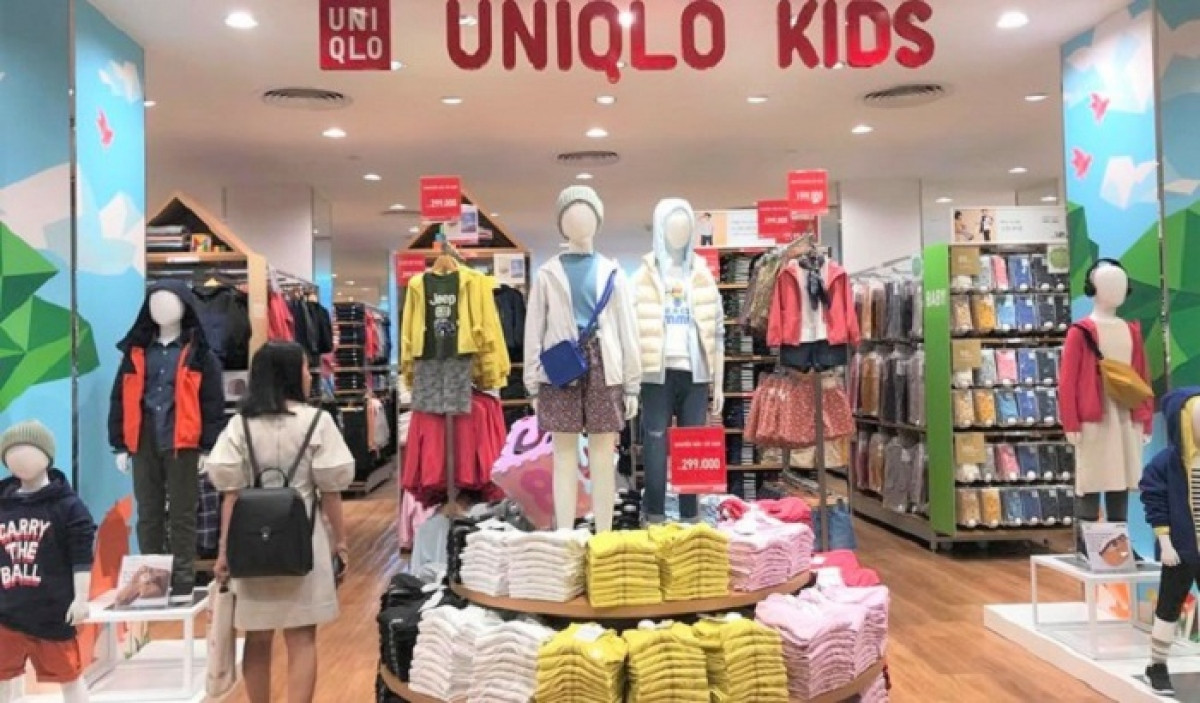

Japanese retailers increase their presence in Vietnam
Most notably, Japanese retailers are in the process of launching additional stores in the Vietnamese market. Less than a week after opening its 16th store at Thiso Mall in Thu Duc City in Ho Chi Minh City, Uniqlo continues to announce plans to open its next store in Tan Phu district.
A representative from the company said that the nation has always been viewed as a young, dynamic, and rapidly growing market.
Another Japanese retailer Muji also opened its sixth store in Hanoi and unveiled its expansion plans for this year. The Japanese giant retail AEON Group also began construction on its seventh outlet in the country in February in the central city of Thua Thien Hue with a total investment of U$169.67 million, covering an area of more than 8 hectares.
Most notably, the size of stores in the nation almost doubles the average of those in other countries, including Japan. For example, Muji stores in Vietnam have an average area of about 2,000 square metres.
Meanwhile, Japanese food businesses have also highlighted the potential of the Vietnamese market. During a recent visit to the Far East nation at the end of February, Tomoyasu Takada, president of Trade Media Japan and representative of Miyazaki Prefecture, emphasised that the country is the key market moving forward for high-quality specialities from Miyazaki such as beef, shiitake, and orange fish.
"We expect that Vietnamese market will account for about 30% of the Japanese locality's total food exports in the next few years. At that time, we can open a subsidiary in Vietnam, apart from an existing one in Taiwan,” said Takada.
He revealed that about two tonnes of Miyazaki beef will be exported to the nation this year with the export volume expected to see a five-fold rise moving forward in parallel with other foods.
Phan Bich Ha, president of BioGroup cum representative of the Japan Kobe Beef Association in Vietnam, said local consumers can now easily find Kobe beef in supermarkets, adding that both Kobe or Wagyu beef is no longer too luxurious for local people.
Ha emphasised that the Vietnamese middle class has been increasing growing and they are not only interested in quality, but also care about product origin.
Japanese brands are often associated with high status and its products are easily accepted in the Vietnamese market, she noted.
FDI inflows from Japan to Vietnam on the rise
Most notably, FDI inflows from Japan have made a presence in other fields in Vietnam aside from the retail sector.
Until December, 2022, Japan had 4,978 valid FDI projects with a total registered capital of more than US$68.89 billion in the nation, thereby ranking third among 141 countries and territories investing in the Vietnamese market.
In the first two months of the year Japanese businesses also injected an additional US$146 million into the nation.
A recent survey conducted by the Japan External Trade Organization (JETRO) shows that 60% of Japanese enterprises are willing to expand their investment in the country, representing a rise of 4.7 percentage points from the previous year and the highest among Southeast Asian nations.
Another survey conducted by JETRO with parent companies in Japan also demonstrates the attractiveness of the Vietnamese market, which has surpassed both India and Indonesia, ranking only second to the US.
Nakajima Takeo, chief representative of JETRO Hanoi, said that businesses expect to increase revenue thanks to market expansion and export. In particular, they are keen to expand the production of high value-added products.
Earlier this year leaders of two large Japanese industrial production groups, Tenma and Castem arrived in the northern province of Quang Ninh to propose an investment plan aimed at building a factory in Song Khoai Industrial Park in Quang Yen town, with a scale investment reaching US$150 million and US$14 million, respectively.
Even retailers such as Muji or Uniqlo are in the process of stepping up work with Vietnamese manufacturers and outsourcing units to gradually localise their production lines.
Source: VOV